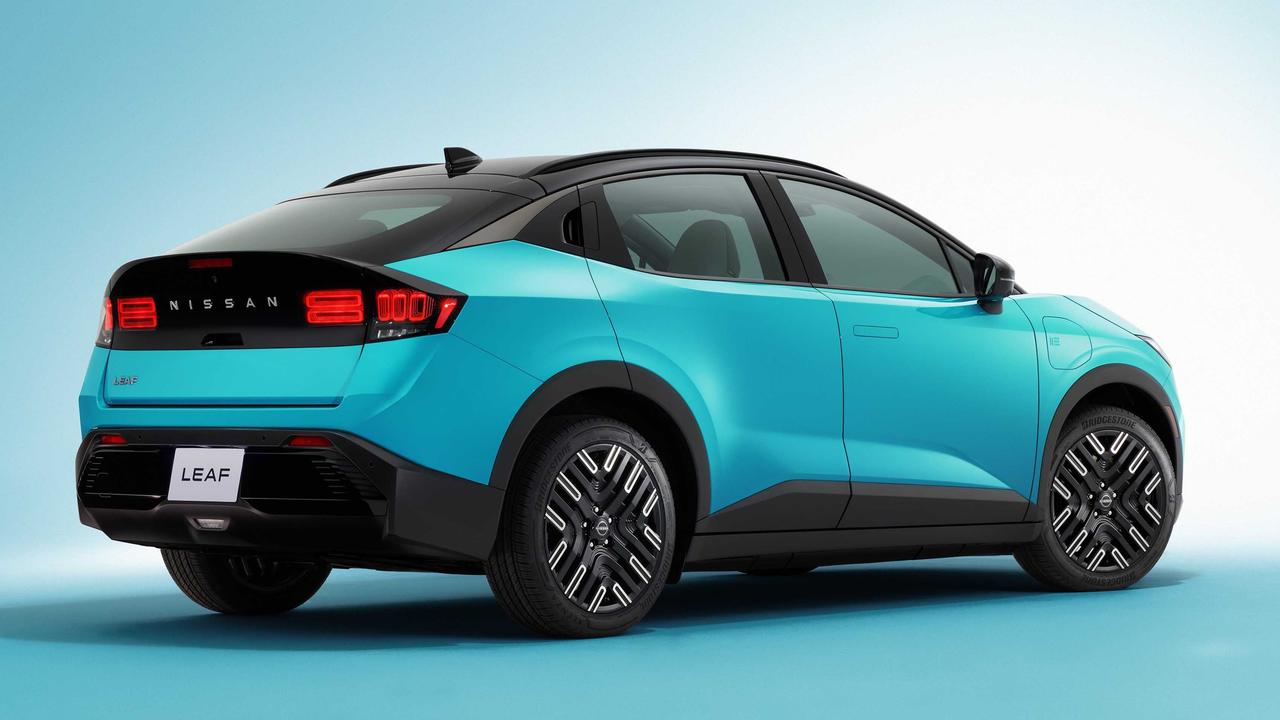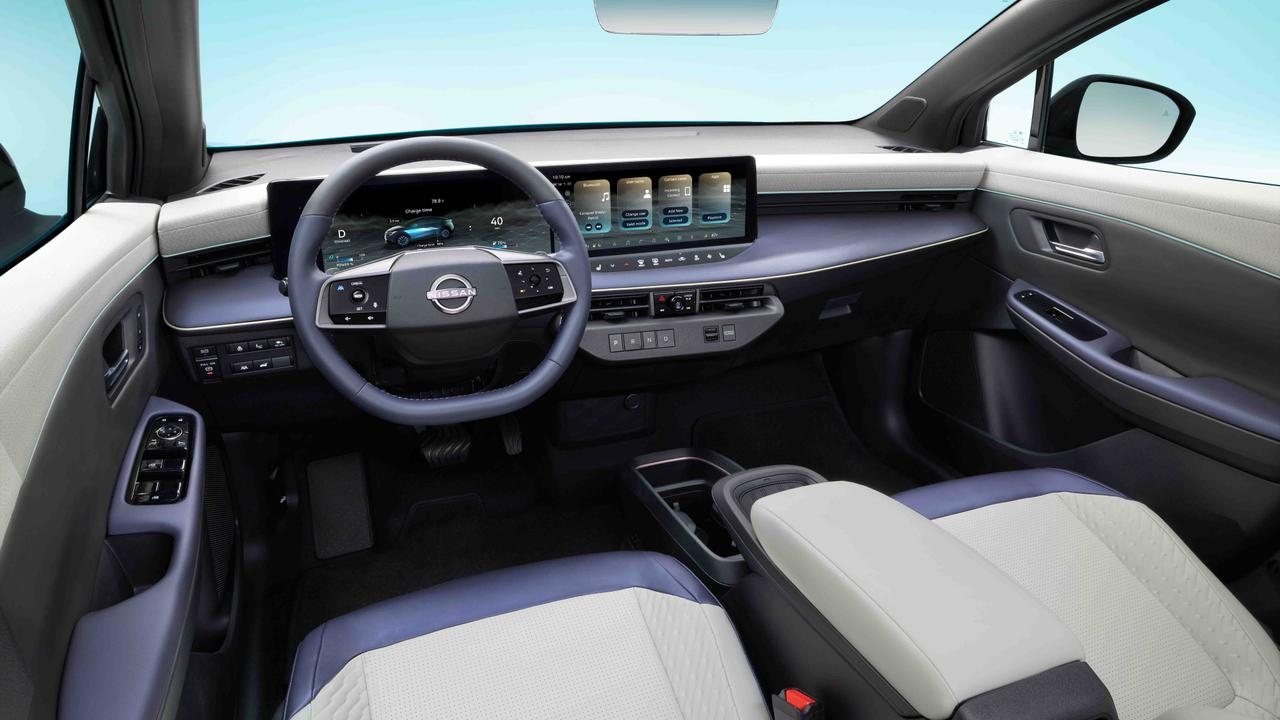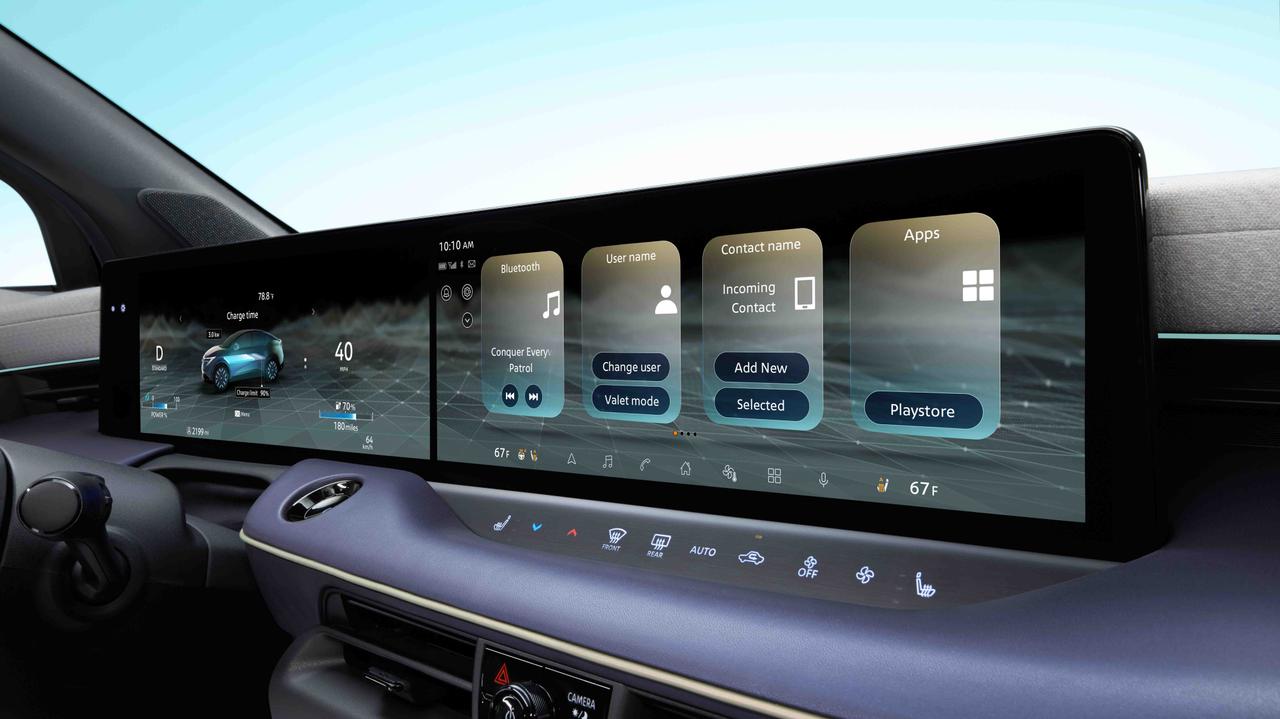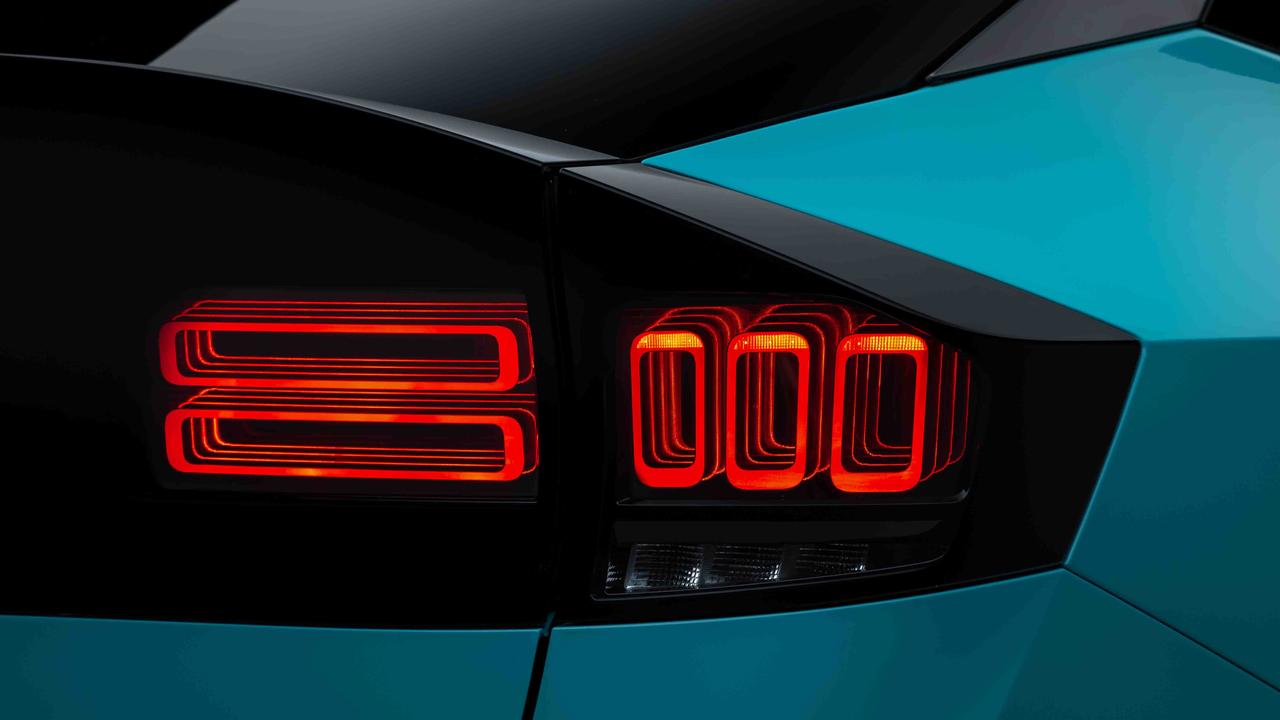The new Leaf is a stylish thing, isn't it? And now, it's available to order.
As Nissan expected, the new Leaf is one of the few cars to benefit from the higher band of the government's electric car grant, knocking a massive £3,750 off the price.
With that included, Nissan's important new EV starts at £32,249. Not too bad when the Engage trim includes Nissan's ProPilot driver assistance tech, two 12.3-inch screens and a heat pump for better range in cold weather.
But we'd recommend spending another £900 to get the Engage+ trim, because this includes the superb Google infotainment system, heated front seats, a heated steering wheel, even bigger screens and wireless phone charging.
Spend £34,249 – again, after the grant has been applied – and you'll get the Advance trim level, which additionally adds a panoramic roof, electric bootlid, synthetic leather upholstery (with the option of purple accents) and privacy glass. Plus an illuminated Nissan logo. The top-spec Evolve car, another £2,000 on top, adds keyless entry, a Bose sound system, powered front seats and a massaging driver's seat.

The front end is clean and futuristic, and the ‘smiling’ shape of the headlights gives the car a friendly look. The side profile is reminiscent of the Tesla Model Y and the latest Toyota Prius, and helps the Leaf be as aerodynamic as possible – which boosts range.
Additionally, the door handles are flush and the underfloor is completely flat, which add up to a drag coefficient of just 0.25 – essentially meaning the Leaf is one of the sleekest cars on the road. That's reflected in its quoted efficiency, which is thoroughly impressive at 4.5 miles per kWh.

The rear end pays homage to Nissan’s sports cars from the 1990s, especially the 300ZX. That’s shown in the black bar across the tailgate and in the 3D tail lamps – which have a fun hidden meaning. They say two-three in Japanese, which is ‘Ni-San’.
Optionally, the new Leaf will be available with super-skinny 195-section tyres on the cheapest version, while top-spec cars get wider tyres with 19-inch alloy wheels. All wheel designs are aero-optimised. The Luminous Teal paint shade you see here is one of seven available.
The Leaf offers two battery sizes: a Standard Range 52kWh model, promising up to 271 miles, and an Extended Range 75kWh battery that offers up to 386 miles. Up to 269 miles is quoted for motorway usage.

Rapid DC charging is up to 150kW on the bigger battery, but both complete a 20-80% in half an hour – equivalent to around 270 miles in the top model. Nissan says that, thanks to the fast-charging, a 500-mile journey can be completed ‘with minimal time difference’ to petrol cars.
Pick the smaller battery and you'll get a 174hp motor, good for a 0-62mph time of around 8.3 seconds (or a tenth quicker in Sport mode). Upgrade to the rangier battery and the motor increases to 215hp, for a very slight reduction in the acceleration sprint. Both top out at 99mph.

The 14.3-inch infotainment system includes built-in Google Maps, including an In-Car Route Planner that works to preheat the battery to the optimum temperature before you reach a charger. (This lets the battery charge as fast as possible.)
Nissan has also given the Leaf Vehicle-to-Load (V2L) capability on the top-spec model, so you can power other electrical items using the car’s battery pack. It’s also V2G compatible, letting you send excess electricity back to the grid.

Built on the same CMF-EV platform as the larger Nissan Ariya, the Leaf offers a full suite of driver assistance features. The ProPilot Assist system taps into the sat nav to automatically slow you down for corners and speed limit changes, while the brake regeneration can vary depending on the situation, too. Its cameras give you a top-down parking view, a wide-angle front view and an image that removes the blind spot caused by the bonnet.
The new Nissan Leaf is 4.35m long, 2.1m wide and 1.55m tall. Measured to the parcel shelf, the boot space measures 437 litres, which is competitive with other small-ish electric SUVs.
The Nissan Leaf will continue to built at the firm’s UK plant in Sunderland. Next year it’ll also be joined by a new Juke EV and an updated Qashqai E-Power hybrid.
Read our Nissan reviews or find your ideal used Nissan for sale at Motorpoint.































%201.jpg&w=1440&q=75)



